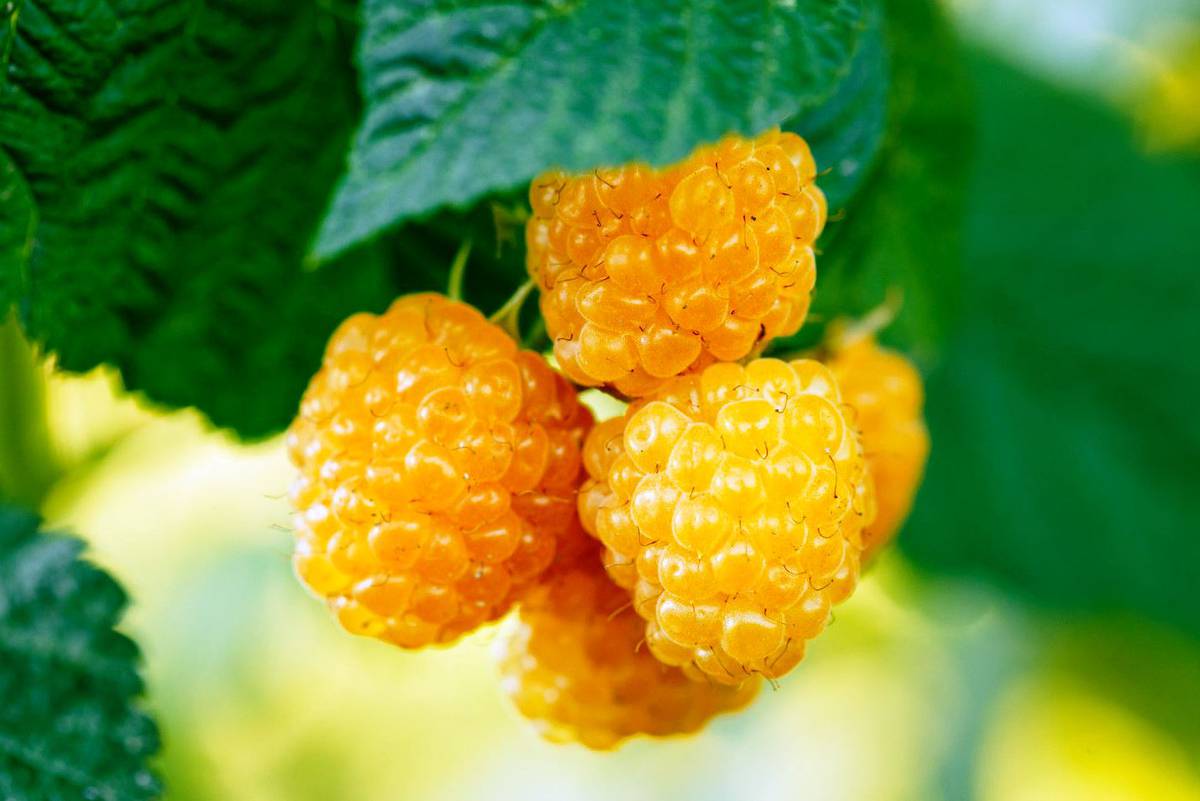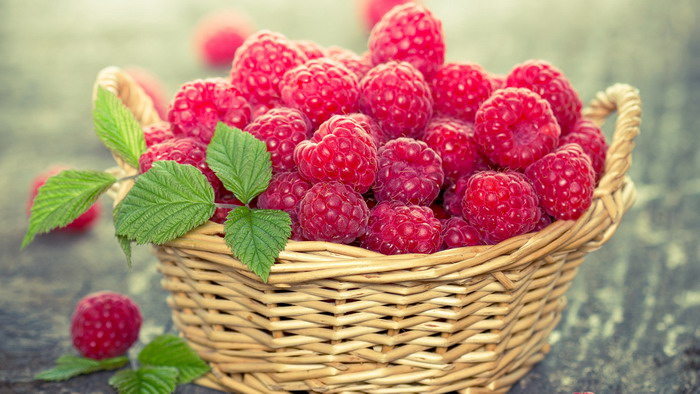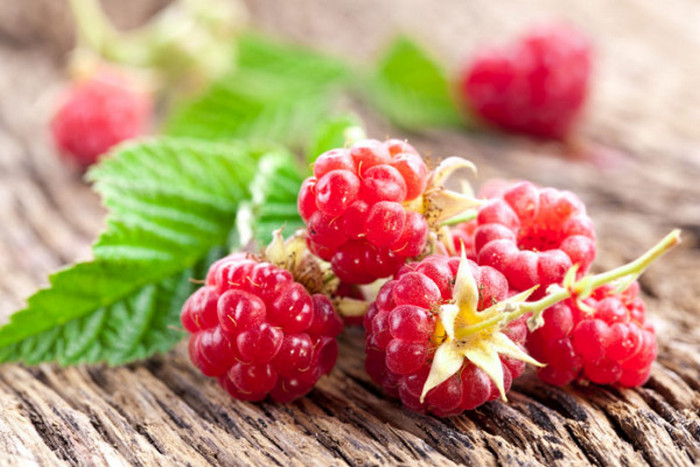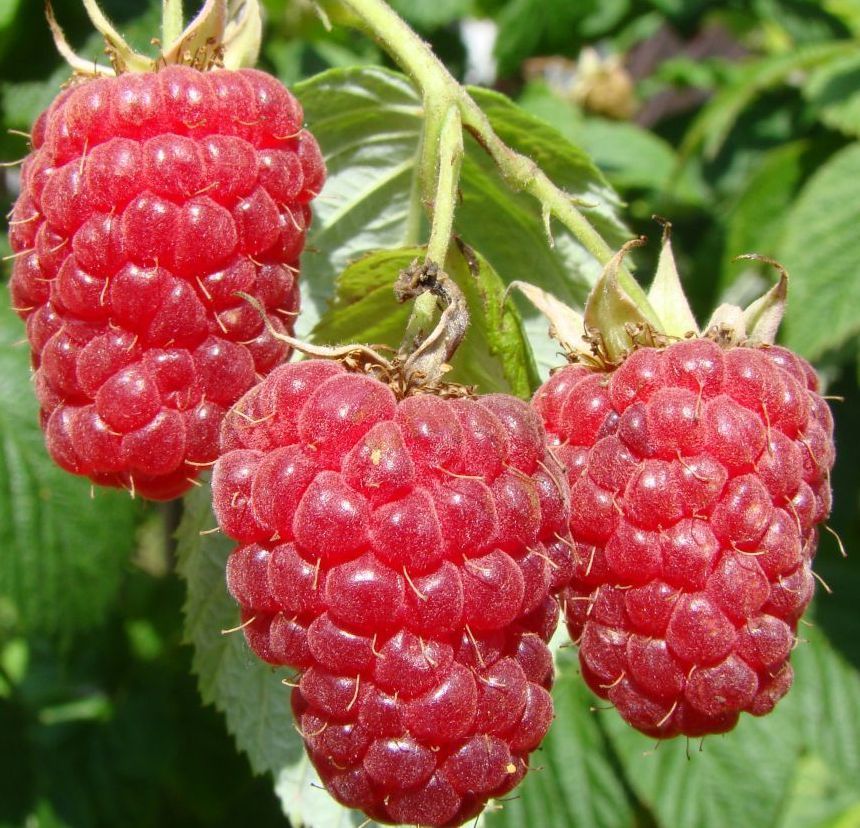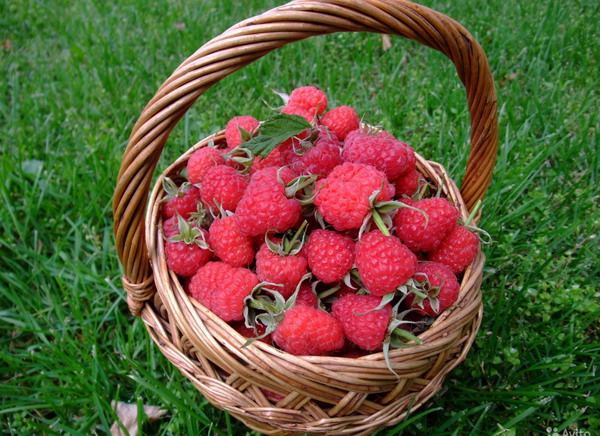Raspberry Penguin was bred by breeders in 2006. The author of the variety was the famous Russian scientist and breeder Ivan Vasilyevich Kazakov. He is also considered to be the founder of a fundamentally new plant for Russia - a remontant type of raspberry. He created many modern varieties of berries, which have no analogues anywhere else.
At first, the variety was in very high demand among gardeners. In recent years, the demand for the Penguin remontantny raspberry variety has slightly decreased, but many still prefer this type of berry that was once popular in central Russia.
The extremely decorative appearance cannot but arouse admiration. This variety especially attracts attention during the harvest. Large rich crimson berries look very tempting, looking out of the dense foliage.
Features and characteristics of the variety
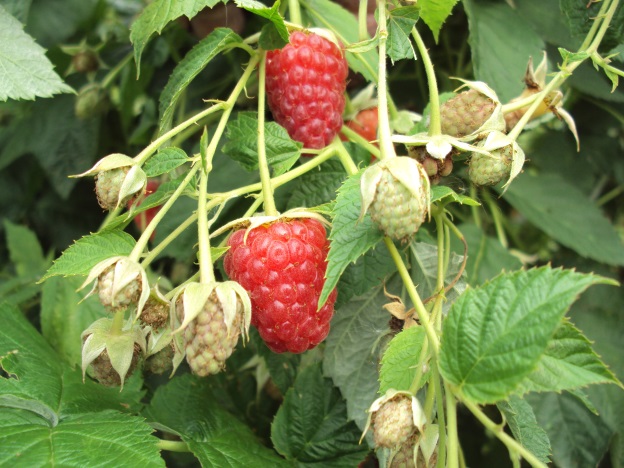
King Penguin got its name from the truly king-sized berries
Raspberry Penguin (penguin raspberry) is a remontant early maturing variety that is highly resistant to fungi and other diseases. There are also varieties of the cultivar: King Penguin raspberry (has slightly larger berries) and Yellow Penguin raspberry (has a yellowish berry). Descriptions of raspberry varieties King Penguin and Yellow Penguin can be found on the Internet without any problems.
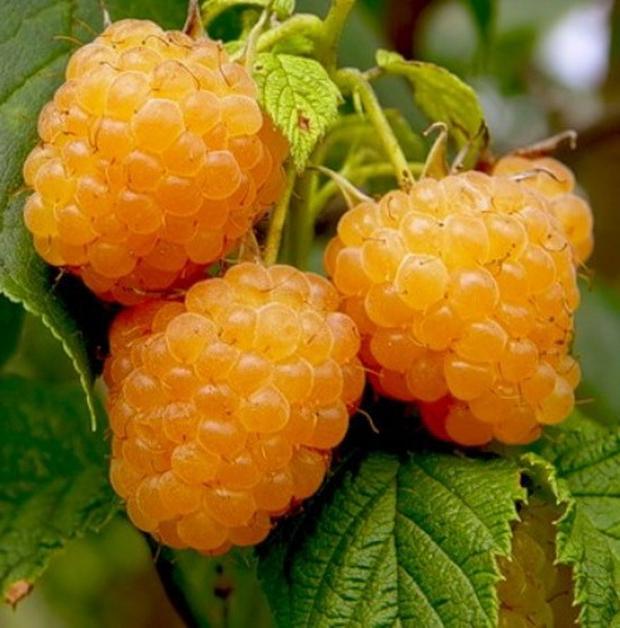
The only difference between the Yellow Penguin variety is the color of the berries.
The main feature and advantage of the variety is its high productivity. Up to 6 kilograms of berries can be removed from one bush during the season. If we talk about a more extensive scale, then we are talking about yields of up to 10 or even 11 tons per hectare. This figure is quite high for artisanal plants.
The raspberry variety Penguin belongs to the standard type of shrub. Their height can reach one and a half meters. The stems of the plant are quite strong and resilient, characterized by shortened internodes.
Plants do not need additional support. In the first year after planting, the berries are covered with small thorns, the number of which is significantly reduced by the next season. However, the variety grown most often as an annual crop rarely shows two-year-old stems. Plant care is greatly simplified by the small number of new growing shoots. The same fact makes the reproduction of the Penguin remontant raspberry somewhat problematic.
By the end of ripening, the berries are crimson (except for the Yellow Penguin, where the color is yellow-orange) and the shape of a rounded cone. Fruits are characterized by firm pulp, sweet and sour taste. The variety gives off the berry in late July-early August (depending on how warm the summer was).
Important! The flavor characteristics of the Penguin variety may vary slightly, depending on the region of growth and soil characteristics. For example, on sandy soil, berries will taste more sour.
The average berry weight ranges from 4 to 5 grams. They adhere perfectly to the branch and do not crumble after ripening for several days. Once harvested, the raspberry crop keeps well frozen and fresh.
Among the disadvantages of the variety, it should be noted the weak winter hardiness. They will be difficult to grow in northern conditions characterized by harsh winters. This is due to the complexity of the shelter of the bushes of the standard structure. Mandatory pruning will be required.
Another interesting characteristic of the variety is that it grows well on any type of soil. The only exception to the rule is heavy clay soil. The most important requirement is low or neutral acidity of the mail. This is due to the fact that the harvest requires increased nutrition, and, as you know, in acidic soil, bait and fertilizers are not absorbed well enough.
Considering the above, you should not plant Penguin raspberries in places where sorrel or horsetail previously grew. The soil here will be overly acidified. If there is no choice, the land will need to be prepared. It is quite easy to do this: the soil should be watered abundantly with water with chalk or slaked lime and significantly fertilized with humus and compost in order to restore it.
Raspberry King Penguin or Yellow Penguin according to the description of the variety, in addition to appearance, do not differ in any way from the ordinary Penguin, therefore it makes no sense to pay special attention to them.
Variety care
Caring for raspberries Penguin has some features that must be taken into account in order to ensure smooth ripening of berries and growth of the bush.
Planting and grafting
This type of raspberry does not require a sparse planting due to the compactness of the bush habit. Planting can be done at a distance of 0.7 to 1 meter between plants and 2 meters between bushes. The result will be a solid row.
This type of raspberry is best propagated by cuttings. Experts recommend cutting cuttings on a cloudy, but not rainy day. The length of the cuttings can vary from 10 to 15 centimeters. It is optimal that the cut has a small amount of leaves.
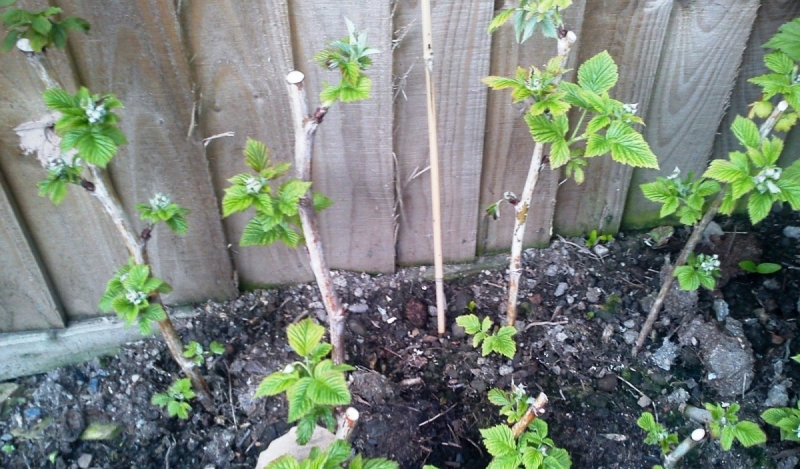
Penguin saplings take root well and do not require special care
Cuttings are made as follows:
- Cut cuttings must be sent to an aqueous solution with previously diluted growth stimulants (for about 6-10 hours);
- Planting in a pot;
- After the cuttings have taken root, transplant them into a more spacious container;
- Put the pot of cuttings outside for adaptation;
- After passing the adaptation, plant the seedlings in open ground.
The peculiarity of the Penguin variety is also that it is quite picky about the landing site - it should be well warmed up by the sun's rays and be protected from the winds.
Spring planting
Usually, the Penguin variety is planted in the spring. In the first ten days of the first month of spring, small holes are dug in the soil with a depth of 40 to 50 centimeters. The soil removed from the pit should be thoroughly mixed with dressings, after which half of the volume should be placed on the bottom of the pit. Before planting in the ground, you should carefully straighten the root system of the seedlings and lower them very carefully. Then the hole is covered with the remaining soil. Initial watering should be very abundant - from three to 5 liters for each bush. The last step on top is mulching with materials such as sawdust, straw or hay.
Autumn planting
It is allowed to plant raspberries of the Penguin variety in the autumn. At the same time, preparations for planting should begin in the summer. It is recommended to plant plants in the ground in the period from the last decade of September to the end of the first decade of October. This is the deadline, because later frosts may begin, and the freshly planted plant will not have time to take root.
Note. The planting site must first be carefully dug up and enriched with fertilizers.
If you have a choice, planting and growing raspberries Penguin is still worth starting in the spring. Over the summer, young bushes will have time to adapt and get stronger enough to safely endure the winter. Another undoubted advantage of spring planting is the possibility of obtaining a double harvest within one season.
Pruning
Pruning frozen or damaged shoots of Penguin raspberries is also done in the spring. Last year's mulch is removed from the soil, and a new one is poured.In the process of pruning, it is enough to leave 10 to 15 healthy shoots on one bush. This will form a beautiful, slender bush and get an excellent harvest from it.
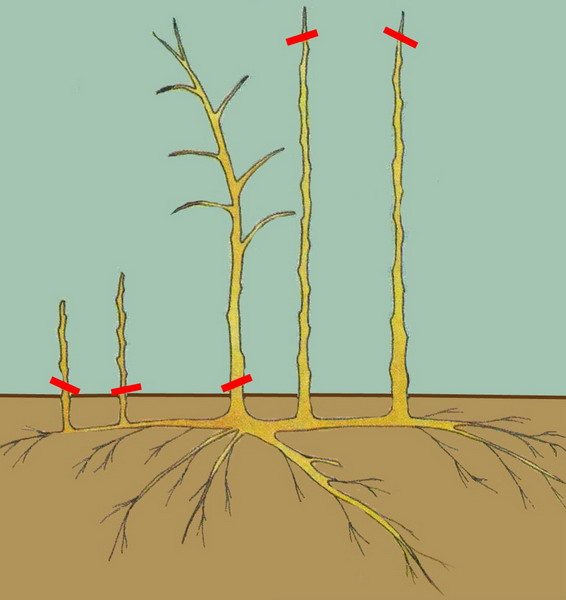
Raspberry pruning is one of the most important things in plant care.
The Penguin variety loves sunlight, but does not like excess moisture. Accordingly, a well-lit area that is not flooded by rainwater should be allocated for seedlings. For the outflow of water in order to avoid a decrease in yield indicators, it is recommended to dig drainage ditches around the perimeter of the planting.
Despite the ambiguous attitude towards the variety on the part of gardeners (some consider Penguin berries too sour), nevertheless, the fruit of the labors of breeders invariably finds its adherents. Moreover, the plant has much more advantages than disadvantages.
